Reading Time: 5 minutes
This article is also in audio form for your listening enjoyment. Scroll down just a bit to find the recording.
Tractor tire repairs can seem like a daunting task due to their size. As counter-intuitive as it may be, the extra-large nature of these round rubber behemoths makes our lives a bit easier compared to an average car tire. There are a lot of commonalities between tractor tire repairs and automotive tire repairs because, well, they’re all tires. Let’s look at what the layman can repair in the field and some tips and tricks of the trade.
Many tractor tire repairs require you to remove the tire from the rim. Most times you only need to partially dismount the tire, and even more often; the tire will dismount itself. If you find yourself in need of fully dismounting a tire, you’ll want to pick up a set of tire irons or “spoons”. These tire tools are meant to allow you to pry the tire off the bead without damaging your rim.
You can find these tools at your local tractor store, truck stops, and most discount tool suppliers. Look for the longest ones available to give yourself leverage.
Many old-timers like to use a flammable fluid and a match to seat a bead. Yes, it’ll work, but most of these fluids are deleterious to rubber and may compromise your tire. Not to mention it’s a safety risk. The safer way of reseating a bead is with a ratchet strap around the tire. Tighten the strap, use a spray bottle of water and dish soap to coax the bead back on, and use a large mallet to finish seating the tire as you inflate. Use a rubber, wood, or dead-blow hammer in case you whack the rim by accident.
Taller tires may look harder to manipulate on the rim, but they’re much easier than a car tire.Farmers are notorious for using aging equipment well beyond its expected life span. If you ever come in contact with equipment that has a split-rim, be warned.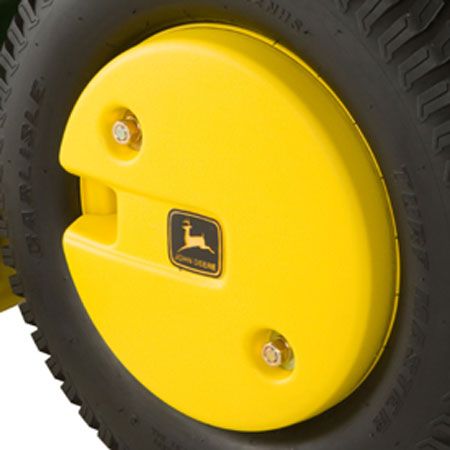 They’re a dangerous sort and should be managed by professionals with a rim cage. You can tell a split-rim by the removable half-moon steel edge on one side. These are dangerous and have caused fatalities while being worked with.
They’re a dangerous sort and should be managed by professionals with a rim cage. You can tell a split-rim by the removable half-moon steel edge on one side. These are dangerous and have caused fatalities while being worked with.
One common flat tire-inducing issue is broken tire stems. It’s surprisingly easy to catch a stem on a stump, stick, or rock during hard use, especially when navigating brush and overgrown fields. Changing a tractor tire valve stem is a laborious but straightforward job. You need to dismount the tire enough to reach the stem hole inside the rim to pull a new stem through. Optionally, you can use a Quick Stem, which you don’t need access to the inside of the rim to install. It’s a simple rubber crush washer design and works well on low-speed tires like tractors and implements. Using a stem replacement like this will let you forgo dismounting the tire, saving you time and effort.
Quick Stems save a lot of extra work in the field.
Tractors may work in fields, but many see heavy use in the farmyard doing all sorts of things. Building structures, moving equipment, and even being impromptu engine lifts are all within the scope of practice for most tractors. Operating in these environments inevitably ends with an errant nail or screw finding its way into the tire tread. There are a few ways to remedy a tire puncture like this.
A tractor tire repair tool worth investing in is a well-built tire string plug kit. You can buy cheap, plastic-handled tools at the bargain store, but these always seem to break the handles, risking hand injury. Look for quality, steel-handled tools that won’t send you to the hospital.
String plugs are an old-style tire plug that has been popular for a long time; however, they have their limitations. They provide a quick repair; however, they don’t protect the tire from future failure. Therefore, string plugs should be considered a temporary repair, not a permanent fix.
Always use an inside patch to finalize a tractor tire repair where a string plug is used. The combination of patch and plug will seal the air in the tire and keep moisture from penetrating the carcass of the tire, which will lead to internal belt rust and rot. To use these patches, you need to access the inside of the tire, which means at least a partial dismount from the wheel. This job is easier done at your barn or shop versus in the field, so consider the string plug the field fix and the patch the final stage of repair.
The NHTSA (National Highway Traffic Safety Administration) in the USA has been advocating for “combination tire repairs” for a long time. The NHTSA states that a plug and patch repair is the only safe way to repair a road-going tire. A string plug and patch combination qualifies; however, there is a product available on the market that combines these into one easy-to-use system; the patch plug.
The patch plug is favored by professionals who want to do the job right. Patch plugs are shoved into the tire from the inside out, and feature a steel spike to allow you to push them through the tire. Using a patch plug will be the best tractor tire repair for punctures, sealing the air within and protecting the tire’s carcass from moisture incursion.
Patch Plugs are a handy device used by tire professionals.Tractor tires are prone to damage and abuse, especially in rock or brush-rich environments. Gouging the treads is inevitable in these situations, and as long as the damage only pertains to the rubber lug itself and not the main tire where the steel belts reside, it’s not a big concern. Gouges and cuts on the lugs of tires are par for the course, so don’t be overly alarmed by them unless they compromise the main body of the tire.
Sidewall damage, be it cuts, gouges, or dry rot, are not candidates for safe tractor tire repair.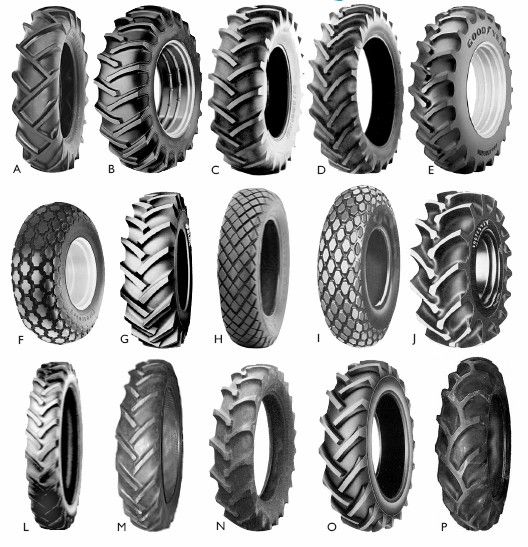 Although these are low-speed equipment tires, it’s still a dangerous game to operate a tractor (especially at comparatively high speeds) on tires that have compromised sidewalls. If you have a sidewall failure, decode the tractor tire size on the sidewall and find a suitable replacement tire. If you’re stuck replacing a tire, it may be prudent to replace both on the axle or all the tires. Before buying a duplicate of what you had before, consider what the best tractor tires for your farm may be. It might be time to upgrade to a different tread style that suits your needs better.
Although these are low-speed equipment tires, it’s still a dangerous game to operate a tractor (especially at comparatively high speeds) on tires that have compromised sidewalls. If you have a sidewall failure, decode the tractor tire size on the sidewall and find a suitable replacement tire. If you’re stuck replacing a tire, it may be prudent to replace both on the axle or all the tires. Before buying a duplicate of what you had before, consider what the best tractor tires for your farm may be. It might be time to upgrade to a different tread style that suits your needs better.
Have you had to repair your tractor’s tires in the field? Let us know in the comments below!
Originally published in the May/June 2022 issue of Countryside and Small Stock Journal and regularly vetted for accuracy.
This post may contain affiliate links, view our disclosure policy for details.
Please share this content if you like it.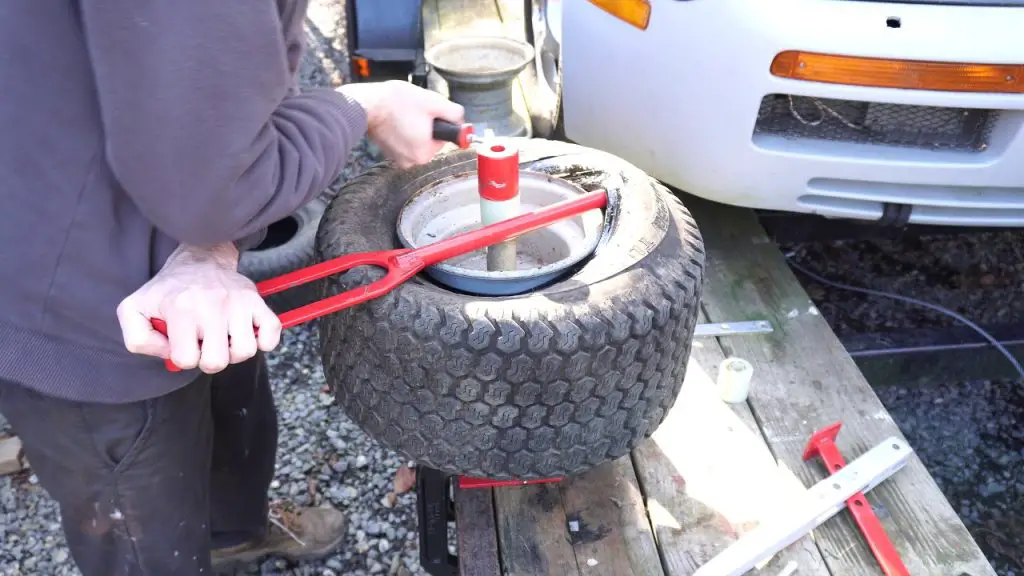 Thank You!
Thank You!
104 shares
**Please welcome Deborah from Grace Garden and Homestead. I am a tiny-winy jealous of this farmer’s wife since she gets to farm 500 acres alongside her husband. 500 acres! Can you believe this? It’s like owning the whole USA. It seems like we share the love of the land as well as the love for tractors, LOL. Today, she will teach us how to patch a tractor tire.
When you get a flat tire on your tractor, it basically shuts you down. At this point, you’ve got two options. The first option is to wait for someone else to fix it—which can take a day or two and hundreds of dollars…
The second option you’ve got is to do it yourself—if you know how. This option saves you not only valuable time but money as well—a lot of money.
On average, we fix 6-10 tires a year on various tractors and implements on our 500-acre family farm plus the custom work we do for others.
An implement tire fix would be about $20-40 depending on who we take it to. One of the larger (non-fluided) tractor tires would cost us $300-400 to have someone else come out and fix it.
One of the larger (non-fluided) tractor tires would cost us $300-400 to have someone else come out and fix it.
Obviously, it’s important for us to fix our own tires as often as we are able. This is a skill I highly suggest anyone who owns a tractor should gain.
After you get your tube out of the tire, you will need:
Inflate your tube until it’s firm. You can either listen for a leak after turning off your air compressor or use the dish soap solution to find your leak.
To use the dish soap method, put an inch or less of Dawn in your spray bottle and fill the rest with water. Warm water works better because it mixes with the soap quicker, but cold will work too. Swirl the soap and water together, and then take your spray bottle to your tube.
Use a broad spray to spray the tube until it is wet. (If at any point you find the leak to be obvious, you can stop spraying.) Look for bubbles emanating from one spot on your tube, that is your leak.
If your leak is slow, you may need to put more air in your tube to find the leak. Using the least amount of pressure that will still result in finding the leak is a good practice, as using too much pressure can not only blow up your tube but also increase the size of your hole.
Mark your hole with chalk, crayon, or whatever you have.
Now you’re going to have to let the air back out by removing the valve core (with your core tool).
At this point, find a smooth, flat, clean area on your driveway or in your shop to move your work to.
Use your buffer to remove the glaze from the tube around your leak. Do an area slightly larger than your patch. Don’t over-buff or you will ruin your tube. Keep your buffer moving quickly and stop when it becomes black in color. Ten seconds is usually more than enough.
Apply the glue to the buffed area in a light layer while making sure it covers the entire area. Don’t stick anything to it, and let your glue dry. Really. This can take awhile in cool conditions. Go get a cup of coffee if you’re doing this in cold weather.
Once your glue has dried, it will still be slightly tacky when you touch it, but it won’t transfer to your finger.
Take the backing off your patch and center the newly exposed side of your patch over the hole in your tube. Now very firmly (yup, really) roll your stitching tool back and forth over the patch, starting in the middle, and working your way out. You need to do this in various directions until the clear plastic coating detaches from the front of the patch.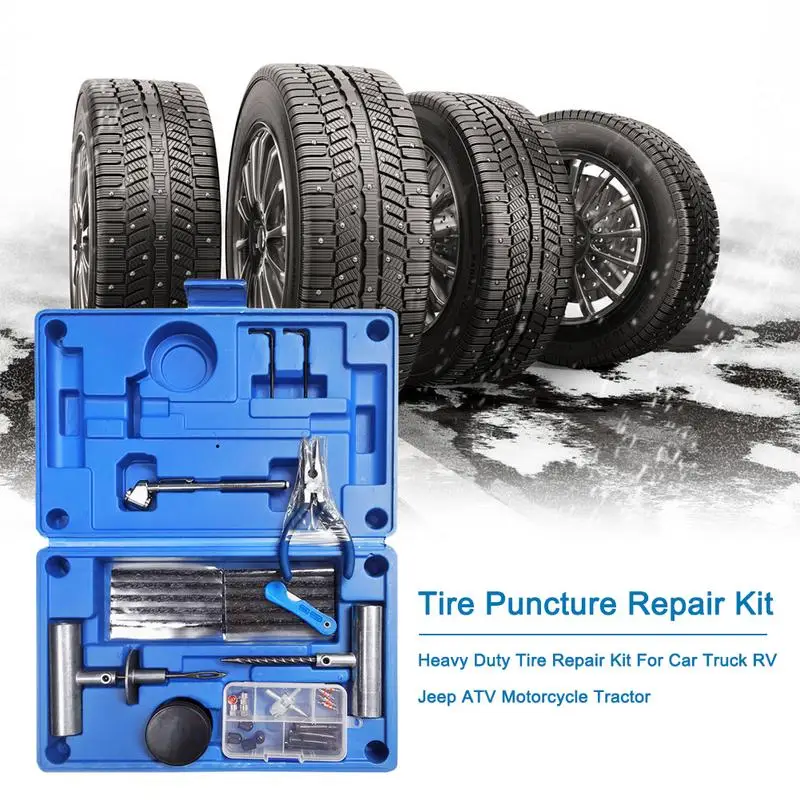
This plastic coating may not completely come off, but rather just come loose in several spots. Once this happens, use your fingers to gently remove and discard it. If it doesn’t pull loose easily-keep stitching/rolling until it does.
Now, something caused the hole in your tube. Any debris between the tube and tire, a nail through the tire, a wrinkle in the tube caused by too large of tube for the tire… All sorts of things can deflate your tire.
Examine the inside of the tire itself carefully for the cause of the hole. Remove any objects inside of, or poking through the tire. If a hole through the tire is discovered then follow the same procedure to patch the inside of the tire. This is not done to keep air in, but rather to keep debris out, as even sand grains will eventually wear a new hole in your tube.
Now you can reassemble your tube and tire, install your valve core, and inflate to the proper pressure. I don’t recommend checking the integrity of your patch by inflating the tube outside of the tire as this will stretch the tube beyond normal circumstances and could potentially compromise the integrity of the glue/patch bond. It shouldn’t, but it could.
It shouldn’t, but it could.
Congratulations, you’ve just saved yourself a couple hundred dollars. Go ahead and get back to work.
Lee
Hi! I’m Lady Lee. I help homesteaders simplify their homesteading journey while still producing a ton of food! I am a single mother of four, I was born in Israel and raised in an agricultural commune called a Kibbutz. Now I homestead in central NC.
This method is mainly used to repair tire side cuts or to repair serious damage to the tread of a truck tire. Any motorist or professional driver knows the moments when, during a collision with a sharp object, a curb or a pothole at high speed, mechanical damage to the tire structure occurs.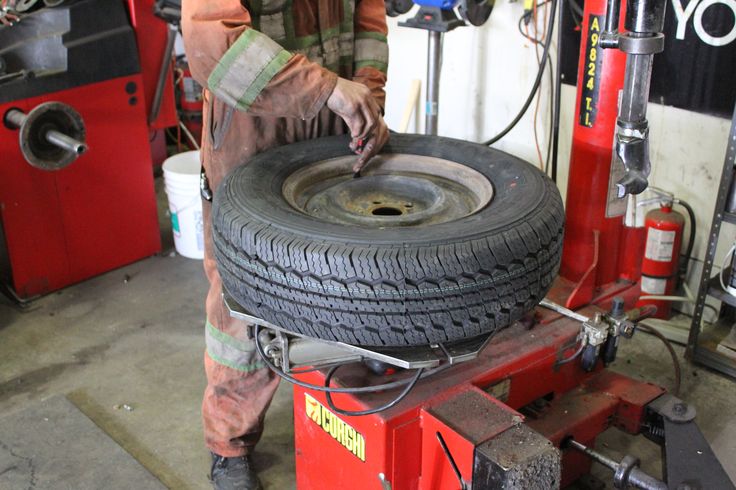 It can be a tear, a side cut, a tread cut or a hernia, as drivers call it. If this happens to you, do not rush to get rid of damaged tires. The company is ready to help you restore your tires to working condition using hot vulcanization. What is this process? To bond damaged rubber material, high temperature is used. To do this, you must pre-process the fastened part. After that, a plastic mixture is used, which is applied to damaged areas. Hot vulcanization is carried out using an electric vulcanizing press. When heated to + 200 ° degrees, the adhesion of the masses into one whole occurs. The duration of the vulcanization process depends on two factors: the temperature regime and the thickness of the surfaces to be joined. After connection, cooling is a prerequisite. The most reliable and effective way to repair tires is hot vulcanization, since this achieves the strongest joint formed, which prolongs the performance of the tires.0005
It can be a tear, a side cut, a tread cut or a hernia, as drivers call it. If this happens to you, do not rush to get rid of damaged tires. The company is ready to help you restore your tires to working condition using hot vulcanization. What is this process? To bond damaged rubber material, high temperature is used. To do this, you must pre-process the fastened part. After that, a plastic mixture is used, which is applied to damaged areas. Hot vulcanization is carried out using an electric vulcanizing press. When heated to + 200 ° degrees, the adhesion of the masses into one whole occurs. The duration of the vulcanization process depends on two factors: the temperature regime and the thickness of the surfaces to be joined. After connection, cooling is a prerequisite. The most reliable and effective way to repair tires is hot vulcanization, since this achieves the strongest joint formed, which prolongs the performance of the tires.0005
 Many neglect this item due to the lack of the possibility of washing the wheels, or due to negligence. You should not do this, because. this is the foundation stone for this procedure.
Many neglect this item due to the lack of the possibility of washing the wheels, or due to negligence. You should not do this, because. this is the foundation stone for this procedure. 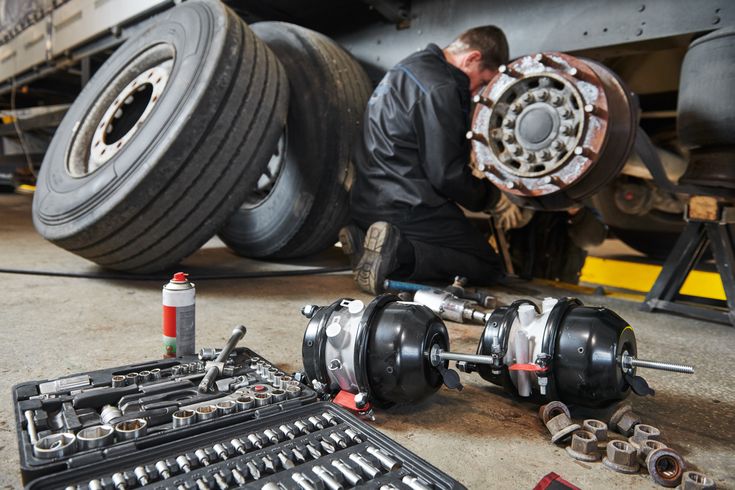 After roughening, the tire must be vacuumed to remove crumb rubber.
After roughening, the tire must be vacuumed to remove crumb rubber. 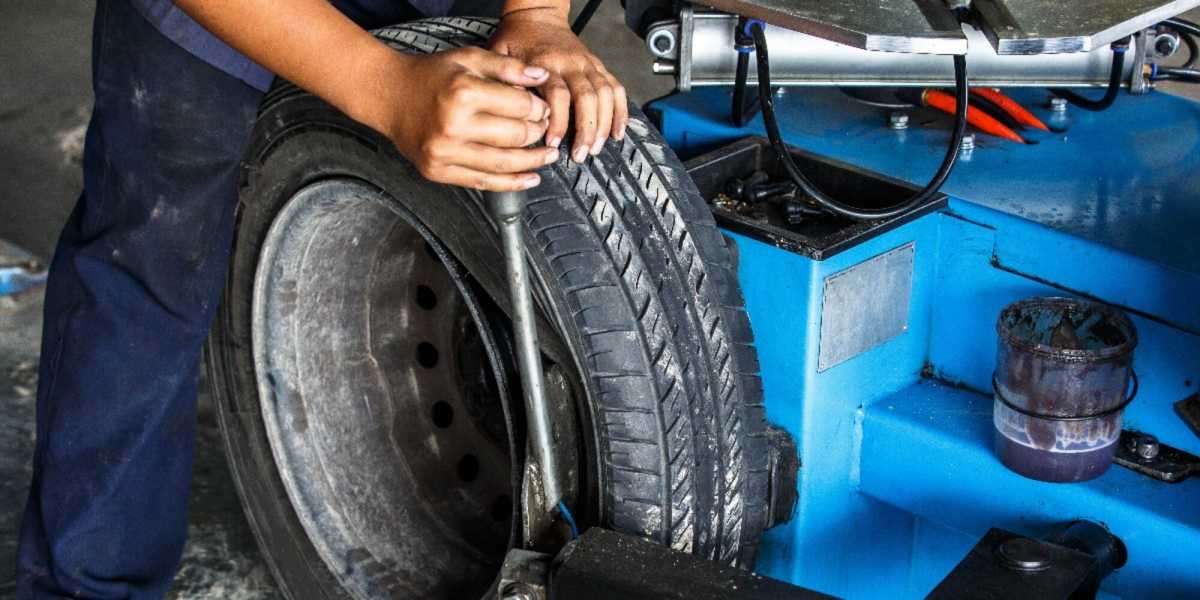 It should cool naturally. Only then will you get the highest quality of the work done.
It should cool naturally. Only then will you get the highest quality of the work done. As you can see, in our tire center we do everything right and according to technology. Not many tire shops offer a guarantee on their work. We give a guarantee for any repairs performed by our masters.
If everything is done according to technology, according to all the rules, then the connection is strong and reliable. However, there are also drawbacks to this method. Deficiencies can result in delamination of patches, bulging or serious damage to the tire. Therefore, before starting tire repair, it is necessary to assess the complexity of the damage and the location. It is better to immediately turn to real masters than to throw away the exfoliated tire later.
Hot vulcanizing is not only used for repairing tire side cuts.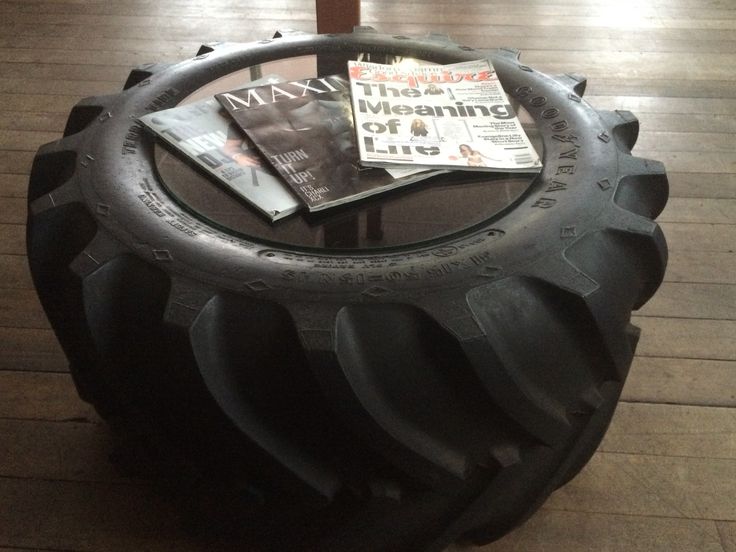 This is the most optimal way for enterprises that have conveyor belts in stock. The hot vulcanization process itself is as close as possible to the conveyor belt manufacturing technology and the strength of the joint during this process practically corresponds to the strength of the belt.
This is the most optimal way for enterprises that have conveyor belts in stock. The hot vulcanization process itself is as close as possible to the conveyor belt manufacturing technology and the strength of the joint during this process practically corresponds to the strength of the belt.
The price is highly dependent on the size of the lateral cut or hernia. In our tire workshop, the price for this service starts from 1200 rubles (hot vulcanization itself). In addition to it, you must pay for the installation of the patch. Prices for the installation of patches and patches can be found here.
Many people ask the question: “What should I do if a hernia appears on the wheel? Can you drive with a herniated tire? Why is this hernia dangerous? The best answer is to turn to the hot vulcanization method and remove the hernia from the tire. But let's go in order.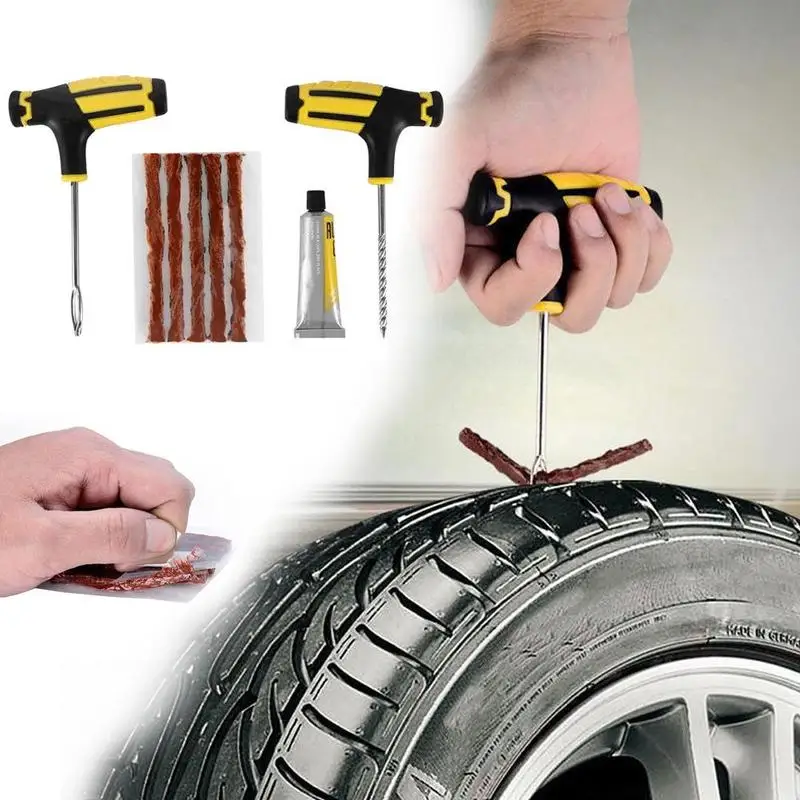
1. What causes a hernia on a wheel?
Hernia occurs in two cases. First: when the layers of rubber are delaminated, and air enters between the layers. From this case, you can easily insure yourself by buying high-quality rubber. Manufacturers of cheap rubber save on everything they can, so it's not surprising that the layers of this rubber delaminate. It happens the same way when a tire hits a bump or edge of a pit. The second case is when a cord breaks inside the tire. Such a hernia also appears from hitting a bump, the edge of a pit, or something similar. At the moment of impact, the cord inside the tire bursts, and the rubber stretches. After that, the cord no longer holds back the stretched rubber and it is not able to independently maintain pressure inside the tire. The rubber begins to swell, and, as a result, we see this swelling on the tire, which is called a hernia in the common people.
2. Can I drive with a herniated tire?
Of course not. The fact is that a hernia can burst at any time.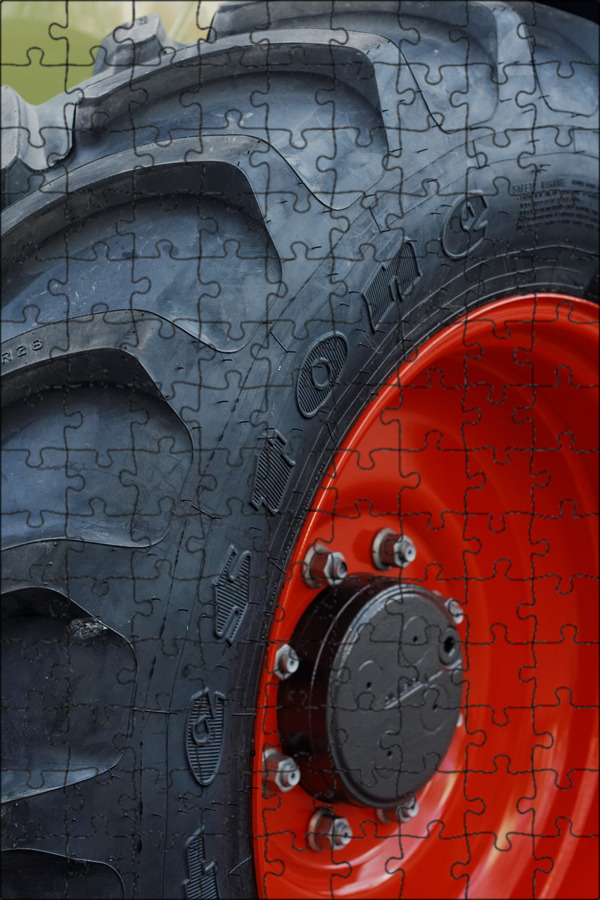 Even if the wheel is just standing still, the pressure inside the tire is constantly acting on the hernia of the wheel and gradually inflates it. If you are moving at speed, then any pits and impacts on the wheel lead to sharp compressions, and this increases the pressure. You are in danger of flying into a ditch or into oncoming traffic if a wheel bursts. If you have a spare tire, it is better to put it on right away, and take the swollen wheel for repair. If there is no spare tire, drive at a minimum speed to the nearest tire shop, where there is a hot curing unit.
Even if the wheel is just standing still, the pressure inside the tire is constantly acting on the hernia of the wheel and gradually inflates it. If you are moving at speed, then any pits and impacts on the wheel lead to sharp compressions, and this increases the pressure. You are in danger of flying into a ditch or into oncoming traffic if a wheel bursts. If you have a spare tire, it is better to put it on right away, and take the swollen wheel for repair. If there is no spare tire, drive at a minimum speed to the nearest tire shop, where there is a hot curing unit.
3. Can a hernia be removed from a tire?
Of course you can. For this, there is a method of hot vulcanization. The process of hernia removal is identical to the repair of side cuts. First, the hernia is cut out with a margin of several centimeters. It must be cut to an intact cord and not stretched rubber without delamination. This is followed by all the same points as when repairing side cuts: the same thorough cleaning, roughening, processing and cleaning, choosing a patch and attaching it from the inside of the tire, applying a layer of raw rubber on top, and the process itself on the machine. In general, with the correct observance of all the technique of the process, the removal of hernias is not only possible, but also carried out with the guarantee that a hernia will not occur again. In our tire service, we do all the work with high quality and give a guarantee for all types of repairs, both side cuts and hernia repair.
In general, with the correct observance of all the technique of the process, the removal of hernias is not only possible, but also carried out with the guarantee that a hernia will not occur again. In our tire service, we do all the work with high quality and give a guarantee for all types of repairs, both side cuts and hernia repair.
The most durable docking and recovery method.
Service life after refurbishment is directly related to working conditions.
After restoration, the product has almost the same service life as before repair.
The butt joint is very flexible and close to the original in flexibility.
Hot vulcanization of materials is possible at any time of the year, even at negative temperatures, which is very typical for our regions.
Using hot technology, a uniform product thickness can be achieved.
Possibility to work in conditions of increased pollution.
Low cost compared to cold vulcanization.
Use of expensive, bulky and heavy specialized equipment.
Working on such a press requires certain skills and a high degree of qualification of the operating personnel.
Availability of an industrial network from 220 V to 380 V.
You can order a hot vulcanization service by contacting our company. Experienced craftsmen are ready to provide prompt assistance in retreading truck tires using hot working methods, repair side cuts, and repair the edges of the conveyor belt directly at your enterprise. By ordering a hot vulcanization service on site, you save your money. You will not have to stop production for a long time and buy a new conveyor belt. We will restore the old tape, as soon as possible. This means that you will keep your clientele and will not suffer a big loss. Trust the professionals! Highly qualified specialists have been working in this direction for many years and are familiar with all the difficulties that arise. Therefore, the price you pay for hot working will more than pay off with the reliability and durability of the conveyor belt. High quality performance on modern equipment, low price for services and prompt execution is the key to the success of your company and easy movement on the roads.
Therefore, the price you pay for hot working will more than pay off with the reliability and durability of the conveyor belt. High quality performance on modern equipment, low price for services and prompt execution is the key to the success of your company and easy movement on the roads.
Price list for repair of oversized tires
R
Through cuts
side
| size L / H | 23. | 26.5R25 | 29.5R25 | R33 | R35 | R39 |
| to 130/28 | 10 600 | 13800 | 16,000 | 19 200 | 20 500 | 24700 |
| to 165/50 | 12600 | 16 200 | 18800 | 22400 | 25,000 | 26600 |
| to 200/75 | 16,000 | 19 200 | 23 400 | 25600 | 29800 | 33,000 |
| to 230/95 | 19400 | 23 200 | 25,000 | 30 800 | 36600 | 37400 |
Damage vulcanization: up to 130/28 - 2000; up to 165/50 - 3,000; up to 200/75 - 4,200; up to 230/95 - 5400.
shoulder
| to 215/120 | 19 200 | 25 600 | 32,000 | 36400 | 42800 | 48 200 |
Damage vulcanization - 3000
running
| to 30 | 11 200 | 14 300 | 14400 | 16500 | 18700 | 22800 |
| to 50 | 13 100 | 15 600 | 17 100 | 20 600 | 25 100 | 26600 |
| to 70 | 15,000 | 18 200 | 22400 | 25 600 | 35 800 | 32,000 |
| to 90 | 17900 | 23400 | 25 900 | 28400 | 35 900 | 37400 |
Damage vulcanization: up to 30 - 3200; up to 50 - 4,600; up to 70 - 5,000; up to 90 - 6 400.
KGS- D
plies 18 to 28
| size | _________ R 25 ___________ R 25/29 R 33 R 35 R 39 18-23.5 26.5 29.5 | |||||
| to 70 | 8800 | 10 200 | 11600 | 13,000 | 14400 | 15 800 |
| to 90 | 10 700 | 12600 | 14500 | 16400 | 18 300 | 22 200 |
| to 110 | 13 100 | 15600 | 19 100 | 19600 | 22 100 | 25600 |
| to 130 | 16400 | 20 800 | 25 200 | 27400 | 32800 | 40 200 |
Damage curing: up to 70 - 2000; up to 90 - 3,000; up to 110 - 4,200; up to 130 - 5 400.
plies 32 to 42
| to 70 |
| 15,000 | 19,000 | 22,000 | 25,000 | 30,000 |
| to 120 | 19400 | 25 200 | 27,000 | 31 800 | 50 600 | |
| to 170 | 25 700 | 30 600 | 34 500 | 38400 | 60 300 | |
| to 220 | 30,000 | 36,000 | 41,000 | 48,000 | 70,000 |
Damage vulcanization: up to 70 - 3200; up to 120 - 4 600; up to 170 - 6,000; up to 220 - 7 400.